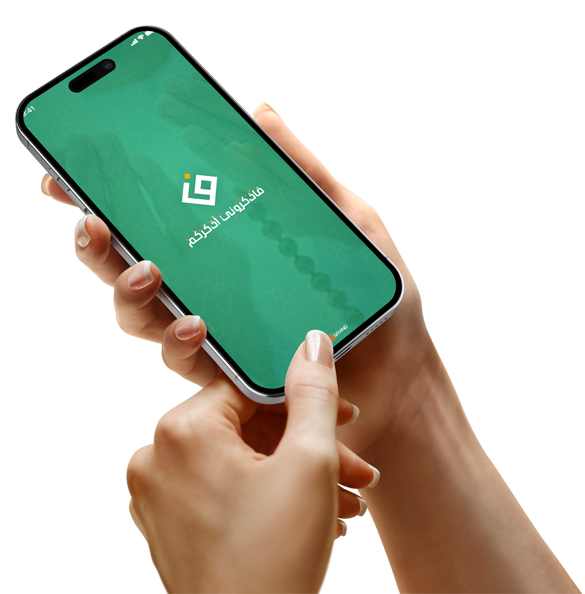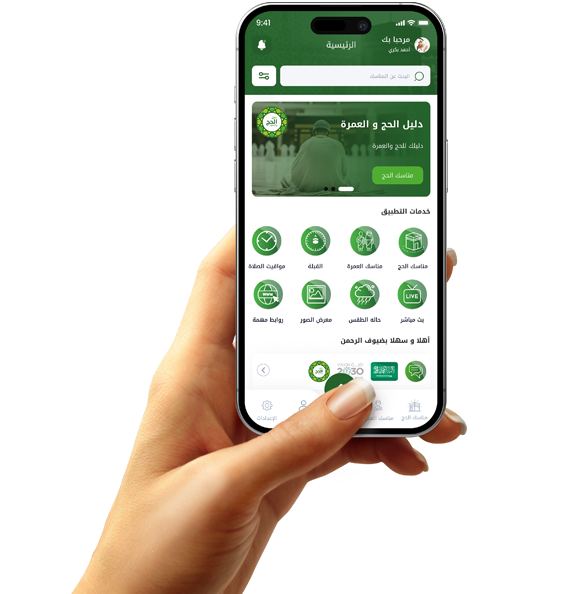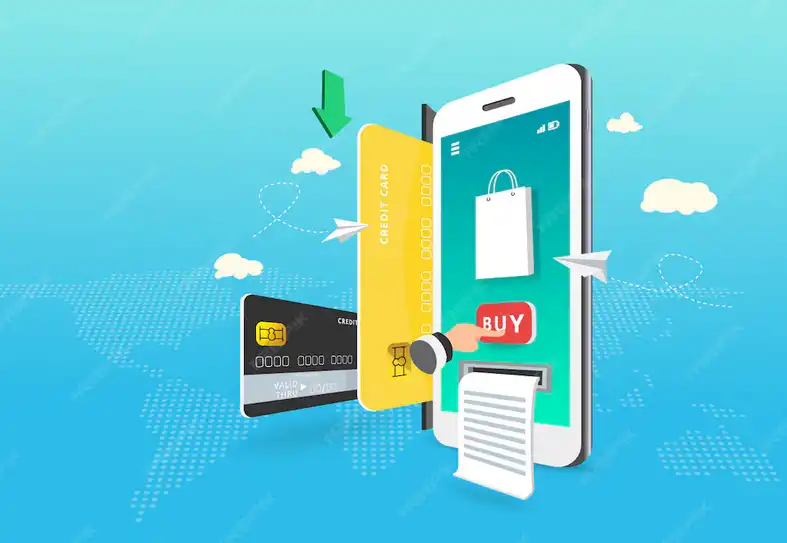How to build an app that targets emerging markets and generates significant profits
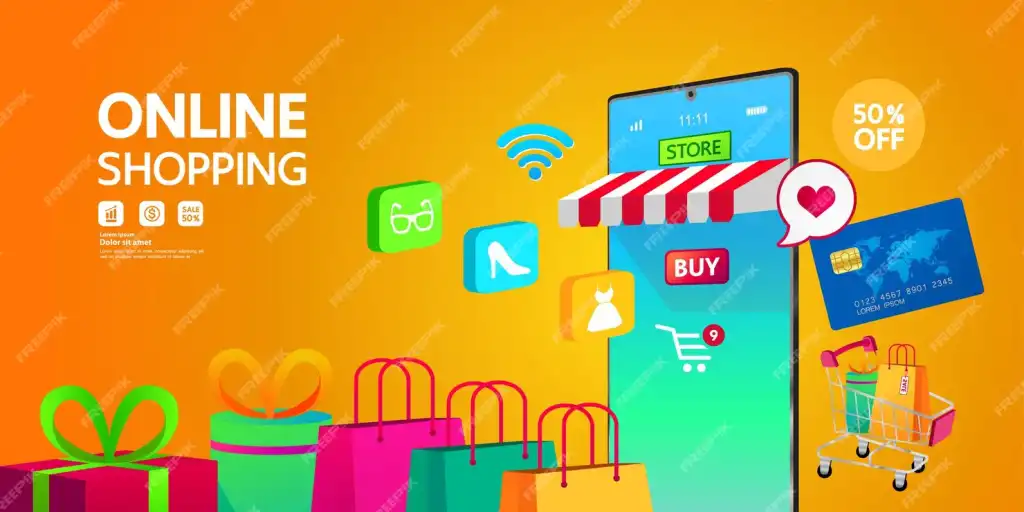
Simple Design Is Key to Success in Emerging Markets
Emerging markets differ in their digital landscape, so complex designs or feature-laden interfaces don't work. Simplicity isn't just a matter of visual appeal; it's a strategic necessity. Users in these markets often have limited technical experience, making simplicity crucial.
Start with a seamless user experience that makes using the app intuitive. Reduce the number of steps to access the service. For example, if the app's purpose is delivery, don't make the user go through five booking screens; two steps are sufficient.
Successful apps in these markets rely on clear icons, large fonts, and prominent buttons. Avoid intricate details that are difficult to understand, and focus on speed of interaction and clarity of tasks.
When designing the home screen, think about what the user wants directly and deliver it. Don't overwhelm them with options; instead, give them the top three features right in front of them.

Smart Pricing Wins User Loyalty in Emerging Markets
One of the most significant challenges in emerging markets is user sensitivity to price. Limited incomes make them more cautious in their spending, requiring app developers to devise smart and fair pricing models.
The first rule: Don't rely on a high-cost monthly subscription model. Users in these markets prefer to pay as needed, or at nominal prices that match their income. Therefore, pay-per-use models or daily or weekly subscriptions are more effective.
Consider offering basic free features, followed by enhanced paid options. This gives users a chance to try out the app first before committing financially. You can incentivize upgrading with real-world benefits that users will immediately appreciate.
Also, provide familiar local payment options. Credit cards may not be available to everyone, so use methods such as digital wallets, mobile payments, or cash on delivery if the app is a service.
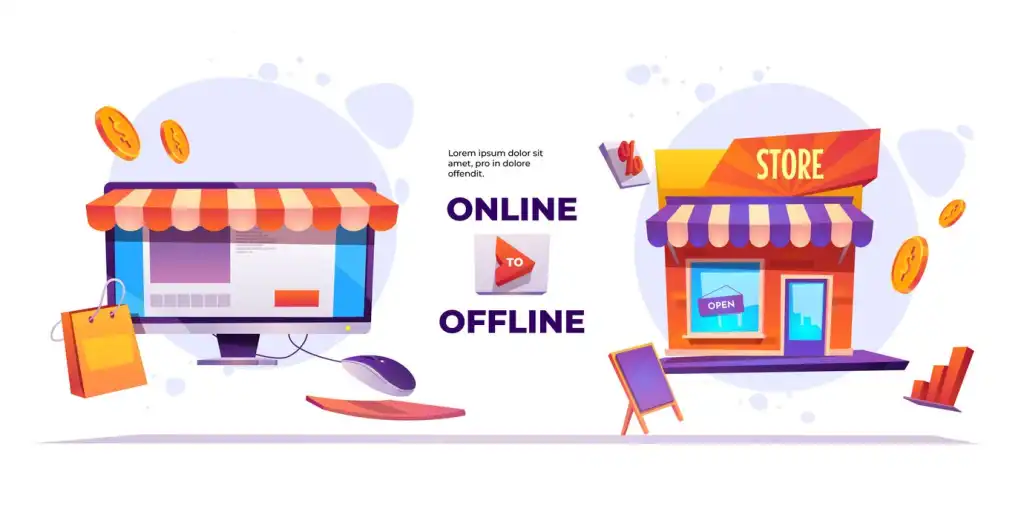
How to Make Your App Work Efficiently in Poor Connectivity Environments
Emerging markets often suffer from poor or expensive internet coverage, making it essential to design apps to work efficiently even in these conditions. An app that requires constant connectivity or high speed will lose a significant portion of potential users.
The first step is to design your app to be lightweight and easy to use. Minimize data usage and automatically load images and content in lower quality if connectivity is weak. Also, use data compression techniques to reduce internet consumption.
Offline mode is essential. Allow users to access previously downloaded information or services even without an internet connection, such as educational content, details of previous orders, or saved forms.
Use caching wisely. Every user action can be temporarily saved and sent to the server when connectivity is restored. This enhances the experience and prevents frustration.
Also, don't show the user annoying messages if the connection drops; instead, provide a simple notification with options to try again. Invest in making the "low-connectivity" experience natural and smooth.
Rely on techniques like "lazy loading," which delays loading some elements until the user actually needs them, improving app opening speed.

Local content attracts users and increases engagement
One of the secrets to success in emerging markets is providing content that reflects the local user's reality. An app that speaks the language of the people and offers content that suits their culture and daily needs will be more well-received and spread faster.
Start by carefully choosing the language. It doesn't mean just translating, but rather using a dialect or style that reflects how users actually communicate. Even simple buttons and text should reflect their environment.
Then move on to images and visual content. Using images of people or scenes from the local environment enhances a sense of belonging. Don't use foreign images that are far removed from the user's reality, as this creates a psychological gap that reduces engagement.
Written content should also address real-life problems experienced by the user. If the app is educational, provide lessons linked to the local curriculum. If it is a service-oriented app, offer services that fit the details of daily life in the target area.





